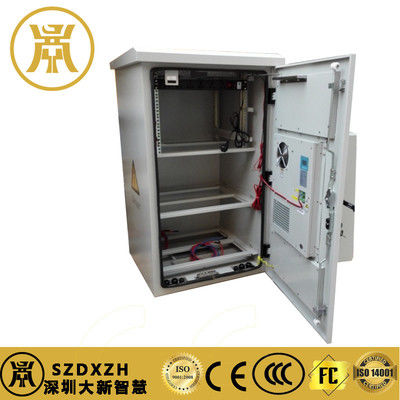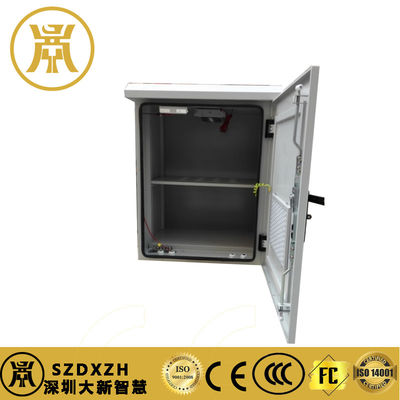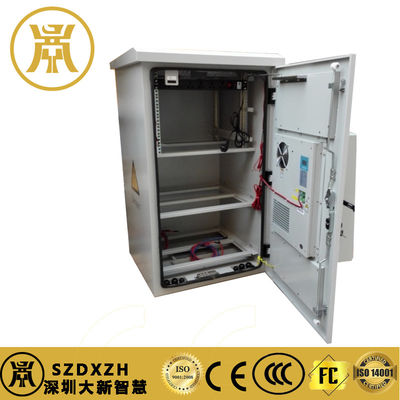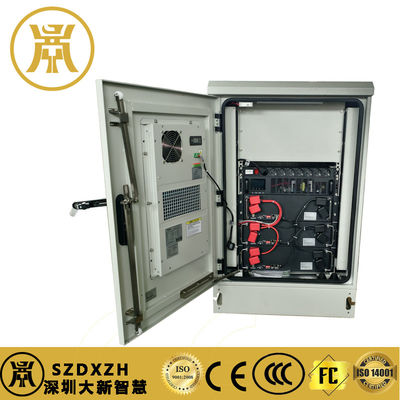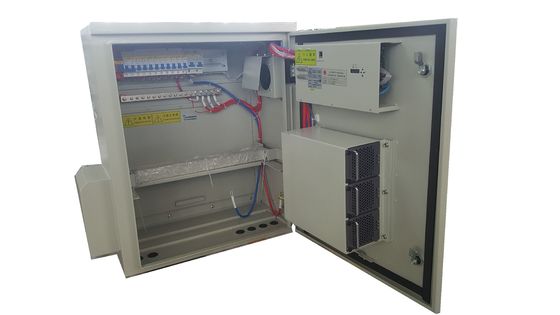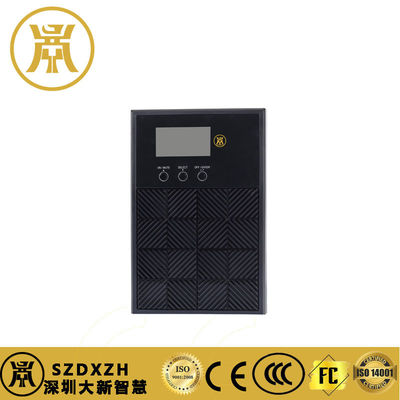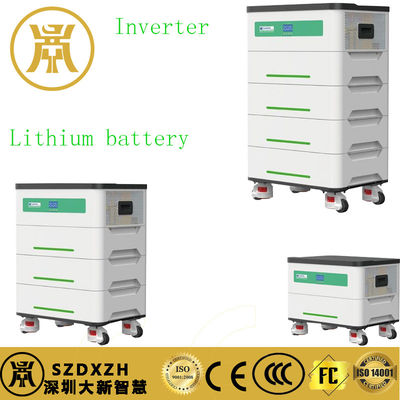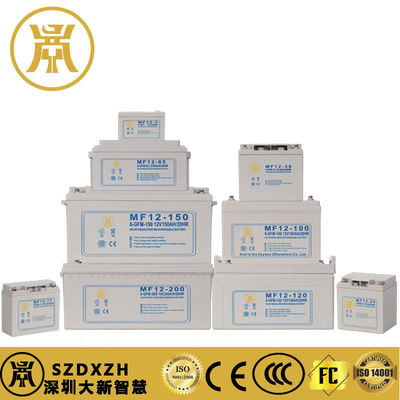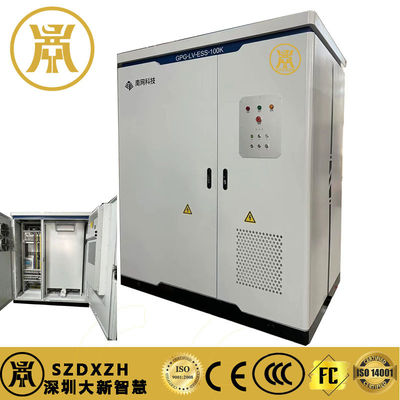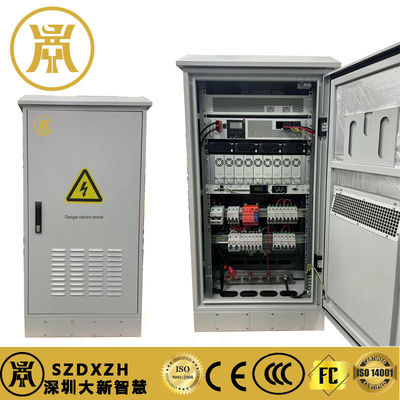The solution of solar power supply system in power communication mainly focuses on providing stable and reliable power support for communication base stations that are remote or difficult to access traditional power grids. The following is a detailed explanation of the solution from the aspects of technical composition, advantages, implementation steps and challenges:
I) Technical composition
The solar power supply system mainly consists of the following parts:
1. Solar photovoltaic panels: By absorbing the energy of sunlight, it is converted into direct current. These panels are usually installed in open areas around base stations or on the roofs of buildings to maximize the reception of sunlight.
2. Inverter: Converts the direct current generated by photovoltaic panels into alternating current to meet the power needs of communication base stations. The inverter also ensures the stability and quality of the output current, and connects the output current of multiple solar panels in parallel or series to meet the power requirements of different base stations.
3. Battery pack and battery management system: The battery pack is used to store the electricity generated by the solar power generation system and provide power support at night or on cloudy days. The battery management system is responsible for monitoring and managing the charge and discharge status of the battery pack to extend the battery life and ensure the safe operation of the system.
4. Intelligent control technology: such as solar trackers and intelligent controllers, which are used to optimize the performance of solar power generation systems. Solar trackers can ensure that photovoltaic panels are always facing the sun and absorb sunlight energy to the greatest extent; intelligent controllers can monitor and manage the operating status of the system to achieve optimal energy utilization efficiency.

II) Advantages
1. Reduce energy costs: As a renewable energy source, the cost of solar energy continues to decrease with technological progress and large-scale production, providing a cost-effective power solution for communication base stations.
2. Reduce environmental pollution: Solar power generation does not produce greenhouse gases and other pollutants, which helps reduce dependence on non-renewable energy such as traditional coal-fired power generation and reduce environmental pollution.
3. Improve system reliability: The solar power supply system can be combined with other energy systems such as municipal electricity and wind power to form a complementary power supply system to improve the reliability and stability of the power supply of communication base stations.
III) Implementation steps
1. Demand analysis and planning: According to the power demand and geographical location characteristics of the communication base station, demand analysis and planning are carried out to determine the scale and configuration of the solar power supply system.
2. System design and selection: According to the results of demand analysis, design the overall plan of the solar power supply system and select the appropriate equipment model and specifications.
3. System installation and debugging: Install solar photovoltaic panels, inverters, battery packs and other equipment around the base station or on the roof of the building, and debug and test the system to ensure the normal operation of the system.
4. Operation, maintenance and management: Regularly inspect and maintain the solar power supply system, monitor the operating status and performance parameters of the system, handle faults and problems in a timely manner, and ensure the long-term stable operation of the system.
IV ) Challenges faced
1. Influence of geographical location and weather conditions: The availability of solar energy is affected by geographical location and weather conditions. For example, rainy weather and cloud cover will reduce the power generation efficiency of photovoltaic panels.
2. High initial investment cost: Although the long-term operating cost of the solar power supply system is low, the initial investment cost is relatively high, including equipment purchase, installation and debugging costs.
3. Technical complexity and maintenance difficulty: The solar power supply system involves multiple technical fields and equipment types, with high technical complexity and maintenance difficulty, requiring professional personnel to operate and maintain.

 Your message must be between 20-3,000 characters!
Your message must be between 20-3,000 characters! Please check your E-mail!
Please check your E-mail!  Your message must be between 20-3,000 characters!
Your message must be between 20-3,000 characters! Please check your E-mail!
Please check your E-mail! 
